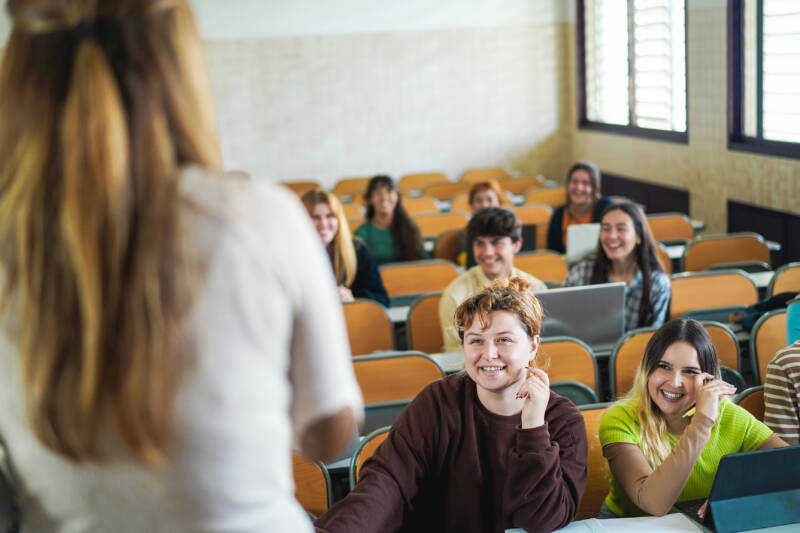
With the constantly evolving landscape of education, it’s essential that classroom practices keep up with the times. One trend that has gained traction in recent years is Social and Emotional Learning (SEL). It’s no secret that the 2020 pandemic has caused disruption in student learning globally, taking an enormous impact on both students’ academic and social outcomes. In response, educators seek to help students develop skills that support their social and emotional well-being. The goal of this blog post is to outline practical strategies that teachers can implement to incorporate SEL in the classroom, driving critical life skills that students can use both inside and outside of school.
1. Start By Creating a Safe Environment For Your Students
One of the foundational principles of implementing SEL is cultivating an environment that is safe and conducive to learning. You can start by getting to know your students’ individual strengths and needs to provide support where needed. It’s also essential to provide structure and consistency in the classroom, creating a stable foundation that helps to alleviate the anxiety or stress that may affect some of your students.
2. Incorporate Mindful Practices
Teaching students to be mindful can play a big role in promoting their social and emotional well-being. You can incorporate some simple mindfulness exercises in your classroom daily to help students calm down and focus. Start by setting aside a few minutes of quiet reflection at the start of the day, using techniques such as deep breathing, visualization, or positive affirmations. You can also encourage your students to explore their feelings and thoughts through journaling or creative activities.
3. Engage Students In Service Learning Projects
Service-learning projects can be a powerful way to promote social and emotional learning by providing students with an opportunity to engage with real-world issues. Service-learning projects are particularly effective because they allow students to cultivate empathy and compassion, boost their self-confidence, and develop critical thinking and problem-solving skills. You can work with your students to identify service-learning opportunities that relate to your curriculum or their personal interests.
4. Use Technology To Increase Student Engagement
Technology offers countless resources and tools that can help you incorporate SEL into your classroom in 2024. You can use social media platforms to encourage positive communication and build community within your class. You can also use online resources to teach students about digital citizenship, safety, and social media literacy, empowering them to navigate the online world safely and responsibly.
5. Foster Collaborative Learning Experiences
Collaborative learning experiences are an effective way to help students develop critical social and emotional skills such as teamwork, communication, and negotiation. You can facilitate group work activities that encourage students to work together on a project or problem-solving activity. You can also encourage students to share their opinions and perspectives through class discussions and debates, providing them with an opportunity to develop critical-thinking and problem-solving skills.
As we look ahead to 2024, SEL should be an integral part of the classroom. Implementing SEL strategies can help students develop essential life skills that promote their social and emotional well-being. As an educator, you can create a safe environment conducive to learning, incorporate mindful practices, engage students in service-learning projects, use technology to increase student engagement, and foster collaborative learning experiences. Implementing these strategies will empower students to thrive, both inside and outside of the classroom.
To learn more about teaching soft skills, schedule a demo with us today.
